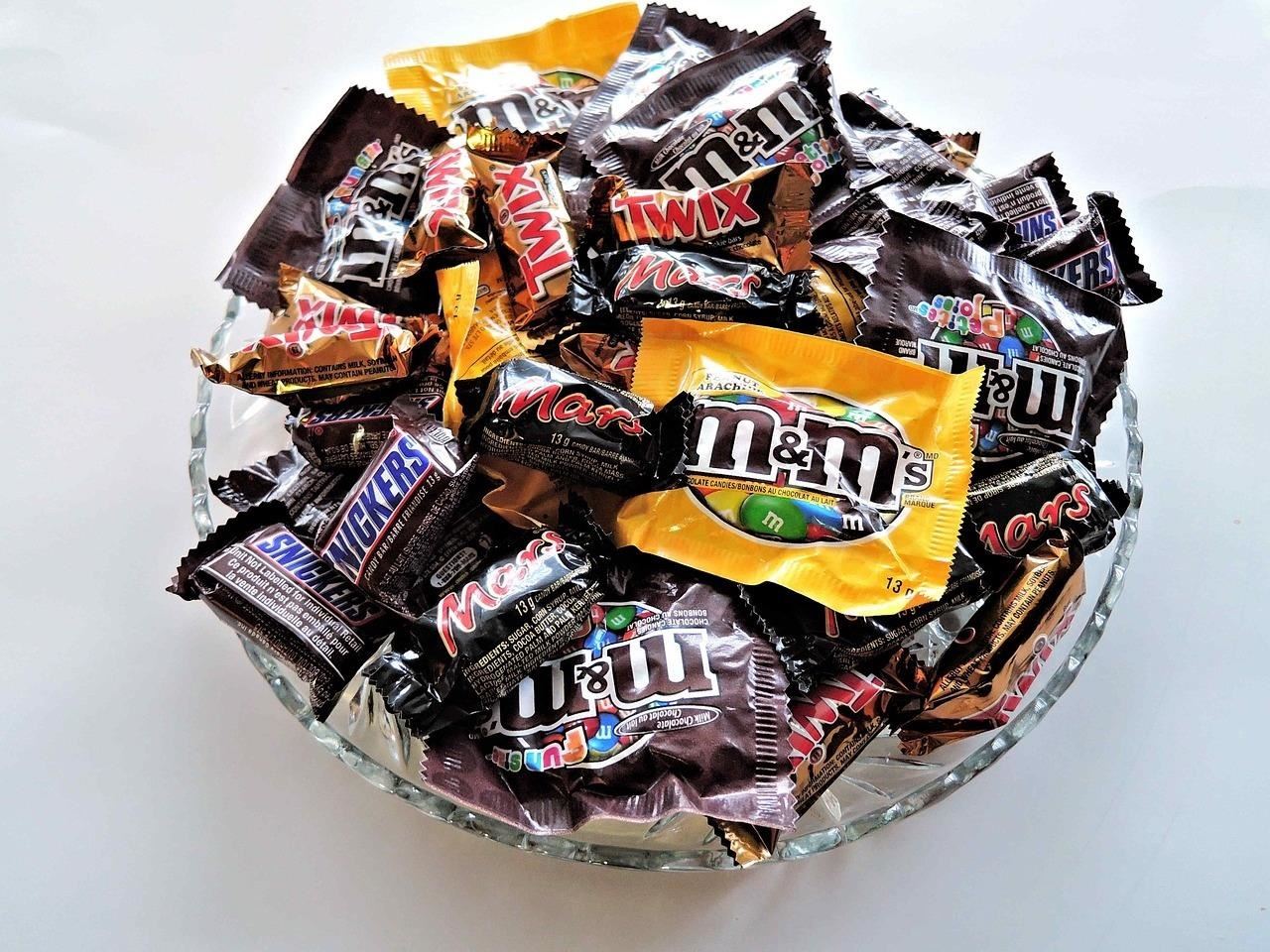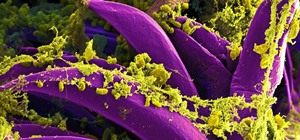How do I get rid of these zits?! Whether its pimples, blackheads, or whiteheads, the name is the same, and the name is acne.
If you have acne, you are not alone. According to the American Academy of Dermatology, about 50 million people are impacted by acne vulgaris each year. About 85% of people age 12 and up experience some form of acne in their lifetime.
Despite the fact that it is the most common skin condition in the US, acne can be scarring, inside and out. Depending on the person, and especially in teens, even one or two inflamed pimples can impact self-esteem. For those with severe acne, the scarring can be permanent. Despite the fact that acne is rarely life threatening, and passes with time, it has serious implications.
How Does Acne Happen?
Acne usually occurs on the face, neck, chest and back, and shoulders. Your skin has a lot of hair follicles in those areas (even if you aren't hairy), and the hair follicles are where all the acne action is.
Your skin is covered with hair follicles, or pores. Aside the base of the hair shaft, where the hair comes out of the skin, are sebaceous glands, which create an oily substance called sebum to keep your skin moisturized. The glands produce oils that flow up the shaft and onto your skin. That "greasy" skin you might complain about? It does a great job of keeping your skin healthy. So, it is all good — except when it is not.
We share our bodies with a large number of bacteria that contribute to our health, and sometimes to illness. According to recent estimates, you have about the same number of bacteria in your body as you have human cells — trillions of them. If you add in the fungi, viruses, and other microorganisms that inhabit you, we are outnumbered in our own bodies.
So how do bacteria fit into the acne story? A bacteria by the name of Propionibacterium acnes, or P. acnes for short, lives at the base of the hair follicle. P. acnes survives naturally in this low-oxygen environment, living off of sebum and cellular debris. When a trigger of some kind — like hereditary factors, hormonal changes of puberty, or stress — boosts sebum production in the sebaceous glands, the oversupply of sebum results in an oversupply of P. acnes.
P. acnes naturally secretes substances that help it break down sebum, which it then consumes as food. When numbers of P. acnes increase, that secretion irritates surrounding tissue, resulting in a quick response from the immune system that causes inflammation.
Combine inflammation, cellular debris, bacterial proliferation, and white blood cells and you have a plugged hair follicle. With the freeway to the surface of the skin blocked, the backup results in a dead-cell traffic jam under the skin, and you start to see or feel a small or large, reddened bump known throughout the land as a zit — or a pimple.
Whiteheads occur for the same reason, but the white blood cells, sebum, and other substances combine to create a yellow pus that bulges under the skin. A blackhead is when those same substances are exposed, by an open pore, into the air. It is not dirt that causes the blackhead to darken, but a chemical reaction to the air.

What Really Causes Zits?
While P. acnes is involved in acne, it is not a root cause. Remember, P.acnes uses your skin's sebum for food. Take away the energy supply, and P. acnes would go back to its normal life hanging out in the hair follicle.
There are several triggers for an increased supply of sebum. Authorities like the Mayo Clinic, list probable causes of acne as:
- Overproduction of oil and sebum leads to clogged pores. Hormones at puberty, pregnancy, and menstruation are common triggers of shifting conditions in hair follicles.
- Heredity is a big factor — if mom or dad had acne, chances are good you will too.
- Stress disrupts the body as a whole, including the immune system. This boosts the odds of overpopulation of P. acnes and increases the chances of inflammation.
- Certain medications can trigger or lead to acne.
- The condition of the surface of the skin can favor acne. People frequently touch their face, adding oils and debris that could block pores. Backpacks, tight clothes, or your telephone persistently pressed against your face could cause friction, an irritation that could lead to over-production of sebum and create a pimple or acne.
For most people, eating greasy foods like pizza, or tempting foods like chocolate do not cause acne, though touching your face after eating something oily wouldn't help. For anyone, a healthy balanced diet with proper hydration is the best way to keep you and your skin healthy.
Treating Pimples, How Do You Get Rid of Acne?
There are several treatment options for people concerned about acne. Many acne treatments aim at dissolving the sebum block, reducing sebum production, and inflammation.
Easy tips to get started include:
- Keep your skin clean, especially if you work out or exercise a lot. Remember, you want to try and help sebum flow onto your skin. If you scrub your face twice or more a day, you are probably making it worse by stripping off the surface oil that keeps your skin soft enough for the pores to empty easily. Squeaky clean dry skin is bound for a breakout, try a gentle skin cleanser instead.
- Think about an over-the-counter solution. Products that contain benzoyl peroxide are common and could work for you, by reducing sebum and bacteria. Use skin products that are non-comedogenic. The plug in the hair follicle is called a comedo, so non-comedogenic makeup, lotions, and cleansers are formulated to avoid causing acne by not blocking the follicle when applied.
- Don't pop your zits. Unless recommended and trained by a dermatologist, don't squeeze your pimples. It can't be any more clear. Squeeze today, scar tomorrow. While pimple-popping YouTube videos might be disgustingly fascinating, you are, most of the time, looking at scars in the making. Why is it bad to pop your zits? The tissue damage can be lasting and you can make the infection and inflammation worse. It can also spread the bacteria around your face and cause additional zits. Do your 50+ self a favor when age starts to drag down your skin tone and texture, and skip the squeeze today. As tough as it is, naturally resolved pimples and zits are less likely to scar. As well, for severe acne, see a doctor early on to avoid permanent scarring.
When you are concerned about acne, speak with a dermatologist for advice on your skin and the treatments best for you.
So what's really to blame for your acne and pimples? The answer is a lot of things but the root of your zit. Your immune system is working 24/7, along with all those bacteria, to keep you looking and feeling good. When things get out of balance, or heredity and puberty kick in, for most people — especially teens — that could mean acne.
Just updated your iPhone? You'll find new emoji, enhanced security, podcast transcripts, Apple Cash virtual numbers, and other useful features. There are even new additions hidden within Safari. Find out what's new and changed on your iPhone with the iOS 17.4 update.





























Be the First to Comment
Share Your Thoughts